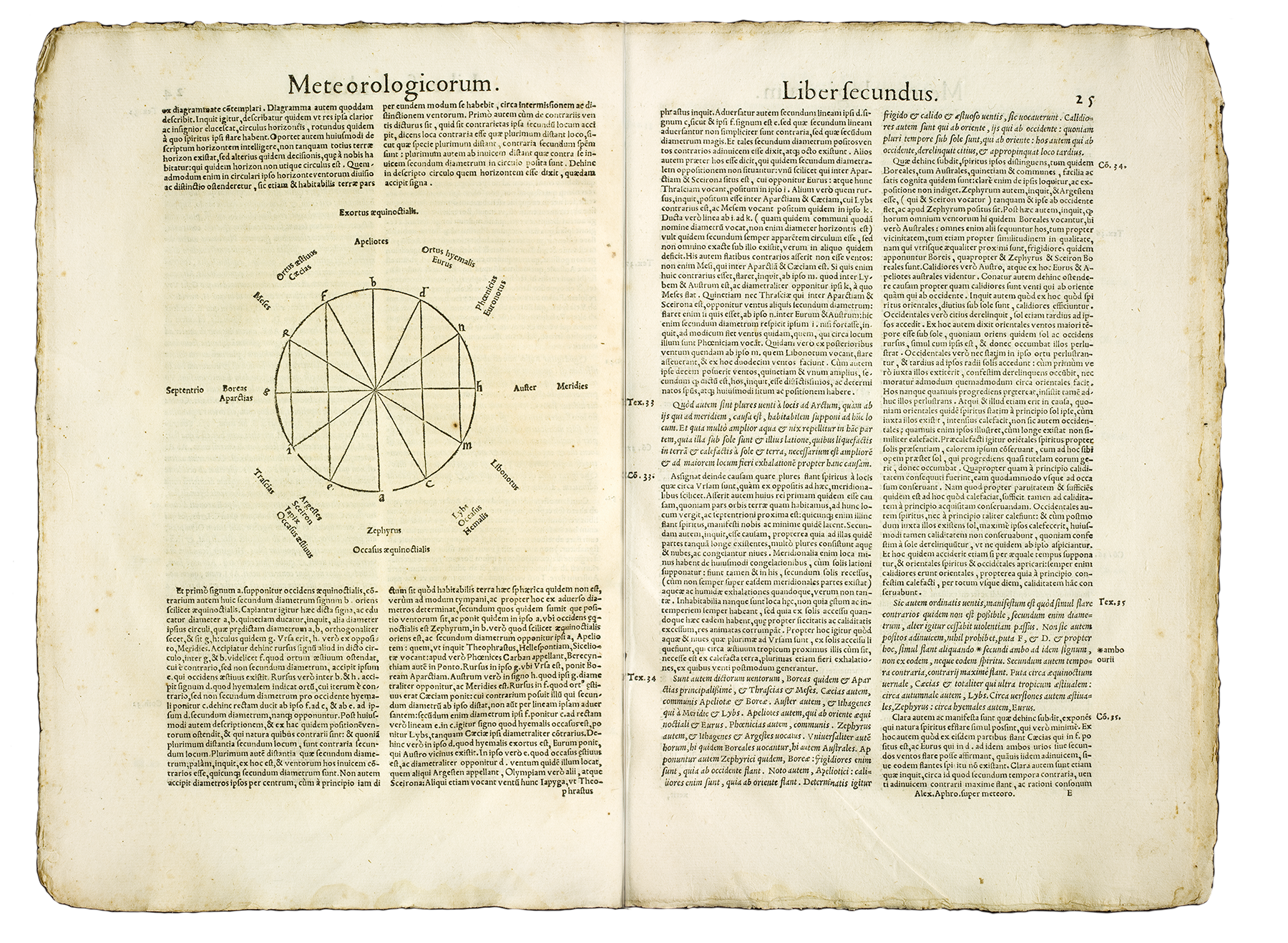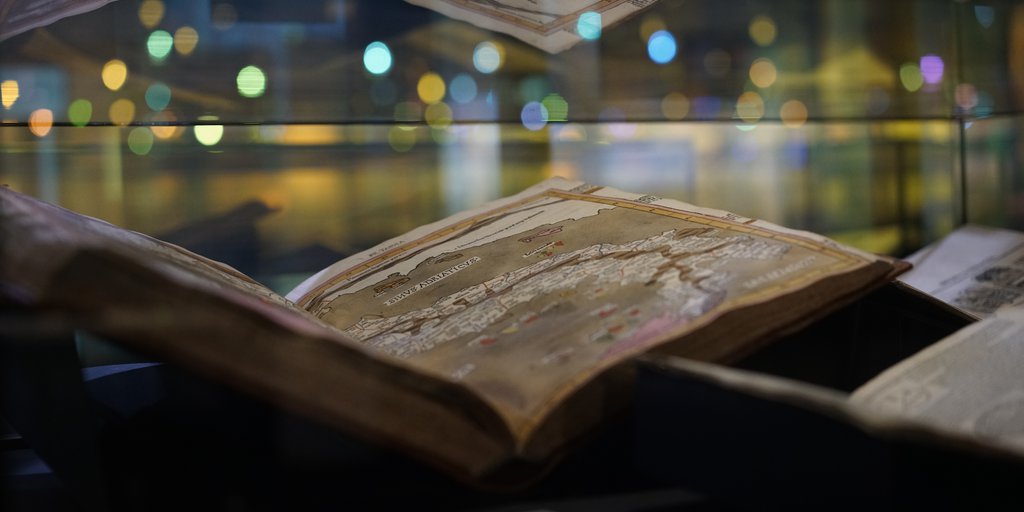
The World, Great and Small <
The ancients called man a world in miniature, and that is well-said, because indeed man is made of earth, water, air, and fire, and thus his body is like the Earth. Just as man has bones as a support and framework for his flesh,
so the world has stone to support the Earth …
Leonardo da Vinci
Paris MS A, fol. 55v. Translation: Amanda DeMarco
Visual arts, science, and technology were closely intertwined in 15th-century Italy. At the same time, the individual disciplines were part of the evolution of a more comprehensive worldview and the intensive exploration of the relationship between the macrocosm and the microcosm.
The worldview at large continued to rely on the geocentric tradition handed down from antiquity, with the Earth as the center of the universe surrounded by different hierarchically arranged spheres, from the sphere of water to the sphere of the fixed stars. The steady growth of knowledge, due not least to the geographical insights gained by voyages of discovery, increasingly called this view into question. In addition, intensified studies of nature in general and of the human body in particular, expanded knowledge of the world on the small scale.
It was hoped that this would lead not only to advances in science, medicine, and artistic representation, but also to a deeper understanding of the fundamental principles of life. The quest for such knowledge of nature was a central motif in Leonardo da Vinci’s creative work. The rapid development of printing continually increased the knowledge sources available to the artist-scientist, facilitating his search for an integrative worldview. At the same time, he was able to help shape this worldview through his own contributions: on a small scale through his analytical studies of the human body, and on a large scale through maps and depictions of astronomical phenomena.
Leonardo's Berlin Library: Section 9 <
- 89.
De situ orbis
Translated by Guarinus Veronensis and Gregorius de Tipherno Venice: Philippo Pincio, 1510
- 90.
Cosmographia
Edited by Nicolaus Germanus and translated by Jacobus Angelus.
- 91.
Alexandri Aphrodisiensis maximi peripatetici, In quatuor libros
meteorologicorum Aristotelis, commentatio lucidissima,
Alexandro Piccolomineo interpreteVenice: Scotus, 1548
- 92.
Sphaerae mundi compendium foeliciter inchoat
Venice: Octavianus Scotus, 1490
- 93.
Vier Bücher von menschlicher Proportion
Nuremberg: Hieronymus Andreae, 1528
 | 91.
Alexandri Aphrodisiensis maximi peripatetici, In quatuor libros Venice: Scotus, 1548 |

The work Meteora by Aristoteles (384–322 BCE) (41 ●) comprises four books in which he examines phenomena like the elements air and water, in other words, the atmosphere in the widest sense. It deals with meteorological phenomena like clouds, precipitation, winds, and the relationship between land and sea, as well as earthquakes. Leonardo’s interest in the macrocosm also covered these topics, and as early as around 1490 he made lists of desirable book titles including a vernacular translation of the “meteura d’Aristotile vulgare”(Codex Atlanticus, fol. 611r-a; 4 ▲). The edition shown here is a commentary of the Aristotelian text by its leading Greek commentator, Alexander of Aphrodisias (2/3 c. CE) in the Latin translation by the Sienese astronomer Alessandro Piccolomini. The diagram gives an overview of the most important winds in the Mediterranean region and their paths.
References
Alexander von Aphrodisias. 2010. In libros meteorologicorum, Neudruck der Ausgabe Venedig 1561, mit einer Einleitung von Cristina Viano. Vol. 15. Commentaria in Aristotelem Graeca. Stuttgart: Frommann-Holzboog.
Forgione, Laura, and Piero Morpurgo. 2019. In Leonardo e i suoi libri. Exhibition catalogue Biblioteca dell’Accademia Nazionale dei Lincei e Corsiniana, Rome, 3.10.2019–12.1.2020, edited by Carlo Vecce. Storia dell’Accademia dei Lincei. Cataloghi 5. Rome: Bardi Edizioni / Accademia Nazionale dei Lincei, 233–236.










